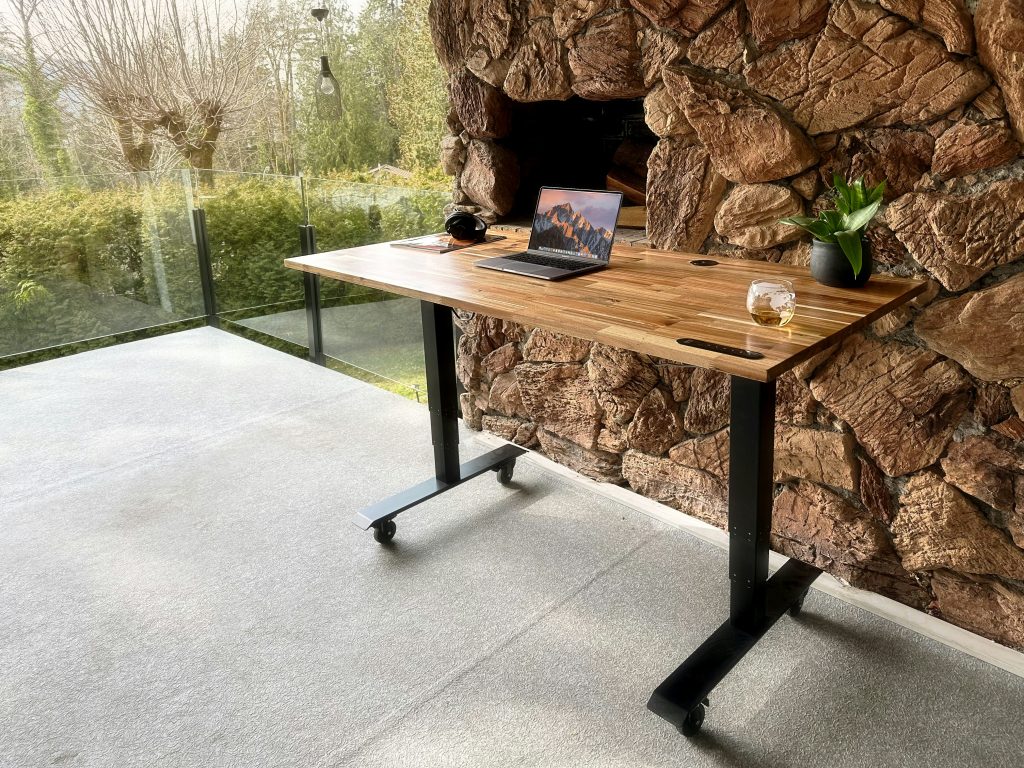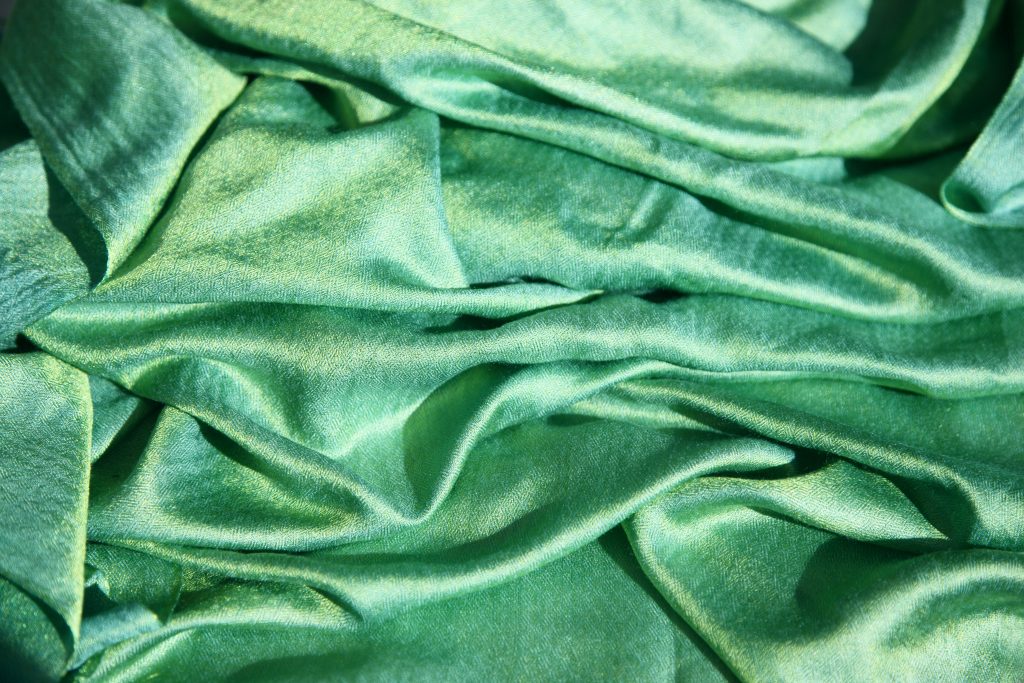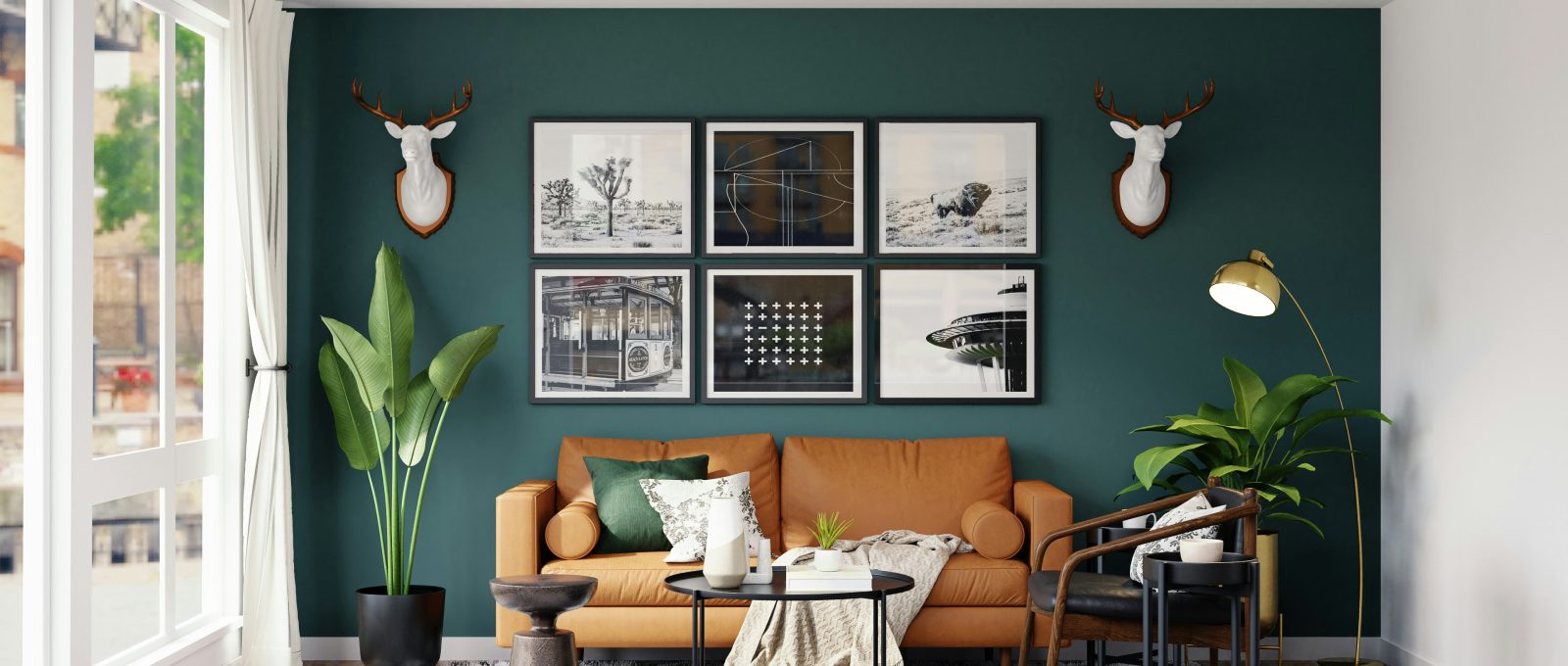Introduction
Are you looking to give your home a fresh new look without breaking the bank? Refreshing your space with some DIY home decor projects is not only budget-friendly but also a fantastic way to add a personal touch to your living environment. Whether you’re handy with a hammer or a newbie to crafting, there’s a range of creative and affordable ideas that can breathe new life into your rooms. Get ready to transform your home with these fun and easy DIY projects that won’t strain your wallet.
Upcycling Old Furniture

Refreshing your home doesn’t mean you need to buy all new furnishings. Sometimes, a little creativity and effort can transform an outdated piece into something stylish and functional. Upcycling not only saves money but also gives older furniture a second life, reducing waste and adding a personalized touch to your decor.
Tips for Selecting Furniture Pieces
When choosing furniture to upcycle, look for pieces made from solid wood, as they are more durable and easier to work with than those made from composite materials. Check for sturdy construction and minimal damage. Flea markets, garage sales, and thrift stores are treasure troves of potential. Don’t worry too much about the finish or outdated style; focus on the shape and potential of the piece.
Creative Ways to Upcycle
You can transform an old dresser with a fresh coat of paint and new hardware, or turn an aged coffee table into an ottoman with some padding and fabric. Here are some innovative ideas:
– Repaint a bookshelf and line the back with decorative wallpaper for a pop of color.
– Turn an old door into a dining table or desk by adding legs and a glass top.
– Refinish an antique trunk and use it as a coffee table with added storage.
– Stencil patterns onto a plain cabinet for an artistic touch.
Experiment with different colors, textures, and materials. Sometimes, the most unexpected combinations create the most impressive results.
Creating Unique Wall Art
Adding unique wall art to your space can make a dramatic impact and express your personal style. It’s an affordable way to bring color, texture, and personality to your home.
Materials Needed
Gather your supplies depending on the type of artwork you want to create. Basic materials might include:
– Canvas or wood panels
– Paints and brushes
– Adhesives if you’re working with mixed media
– Decorative elements like fabric, buttons, or old photographs
– Hanging hardware or picture frames
Consider recycling materials found around your home or sourced from second-hand stores for an eco-friendly approach and added character.
Step-by-Step Guide
1. Start by planning your design. Sketch it out on paper or use a computer program if you’re comfortable.
2. Prepare your canvas or wood panel by ensuring it is clean and smooth.
3. Begin applying your base layer, whether it’s paint, fabric, or another medium. Let it dry completely.
4. Add textures and layers. This could be more paint, papers, or three-dimensional objects like leaves or metal pieces.
5. Apply a sealer to protect your artwork if necessary.
6. Allow your creation to dry thoroughly before moving on to framing or hanging.
This process can be immensely satisfying as you watch your vision come to life, piece by piece.
Displaying Your Artwork
When your piece is complete, consider how to display it to enhance its impact:
– Think about the surrounding space’s color scheme and style.
– Choose a spot where the art will be a focal point but also integrates seamlessly with the rest of the room.
– Use proper anchors and hooks to ensure your artwork is securely mounted, especially for heavier pieces.
Your handmade art will not only personalize your space but can also be a great conversation starter when you have guests. Remember, the goal is to create something that resonates with you and adds a refreshing touch to your home décor.
Revamping Your Lighting Fixtures
Lighting plays a pivotal role in the ambiance of a home. By updating your light fixtures, you can create a whole new vibe without the need for a major renovation. This section explores cost-effective lighting options and provides some DIY ideas to get your creativity flowing.
Affordable Lighting Options
Updating your home’s lighting doesn’t have to be expensive. There are plenty of budget-friendly solutions that can have a big impact. Consider shopping at thrift stores, flea markets, or online marketplaces for unique finds that won’t break the bank. Another option is to purchase basic fixtures from budget retailers and customize them to your liking. Additionally, look for sales or clearance items at higher-end stores to get quality products at a discount.
DIY Light Fixture Ideas
DIY projects can be a fun way to personalize your space while controlling costs. Here are some imaginative DIY lighting projects:
– Mason Jar Lights: Transform mason jars into charming light fixtures by fitting them with a simple light kit. Hang them individually or group several jars together for a rustic chandelier effect.
– Basket Pendant: Turn a woven basket upside down and make a hole big enough to fit a light kit. This creates a boho-chic pendant lamp that casts interesting shadows.
– Repurposed Globe Light: Use an old world globe, cut it in half, and equip each part with a light kit to make unique, conversation-starting pendant lamps.
– Wooden Beam Chandelier: For a more industrial look, take a wooden beam and wrap it with a string of Edison bulbs. It’s simple yet visually striking.
Incorporating Indoor Plants

Indoor plants not only enhance the aesthetic of a home but also improve air quality and create a calming environment. Let’s delve into the benefits of including plants in your decor and discuss some low-maintenance options that are perfect for busy or forgetful gardeners.
Benefits of Indoor Some of the notable benefits include:
– Air Purification: Many common houseplants such as spider plants, bamboo palms, and snake plants are known to absorb toxins and produce fresh oxygen.
– Humidity Control: Plants release moisture vapor during transpiration, which can help maintain indoor humidity levels, beneficial during dry seasons.
– Enhanced Focus and Reduced Stress: Studies have shown that the presence of plants in home and office settings increases concentration and reduces stress levels, creating a more comfortable and productive environment.
– Aesthetic Appeal: Beyond their health benefits, plants add a splash of color and a breath of life to any room, complementing any decor style with natural beauty.
Easy-to-Care-For Plants
If you’re new to gardening or simply don’t want the hassle of high-maintenance vegetation, here are some forgiving indoor plants that are easy to care for:
– Snake Plant: Known for its tough nature, the snake homeowners leave the plant in low-light conditions without much water.
– Pothos: This plant thrives in a variety of lighting conditions and only needs occasional watering.
– Spider Plant: Capable of thriving under a range of conditions, spider plants are virtually indestructible and also propagate easily, offering more bang for your buck.
– Peace Lily: With its lush leaves and white blooms, it’s a beautiful plant that only asks for low light and moderate watering.
By incorporating these innovative lighting changes and plants, you can significantly enhance the livability and look of your home, proving that great style does not have to come at a high cost.
Adding Textiles and Soft Furnishings

Adding textiles like rugs, curtains, and cushions is a wonderful way to bring warmth and texture to any room. These elements can add color, pattern, and softness, making the space more inviting. The best part is, with a bit of creativeness, you can do this refresh on a budget!
Choosing the Right Textiles
When choosing textiles for your home decor, consider the mood and style you want to convey. For a relaxing atmosphere, opt for soft, neutral colors that create a sense of tranquility. If you’re after a more vibrant and energetic feel, choose bold patterns and bright colors. It’s important to balance your textiles with the existing decor—mixing materials and textures can add depth and interest to your rooms. For instance, a woolen rug can wonderfully complement leather furniture, adding a contrasting texture that enhances both elements.
DIY Cushin Covers
Making your own cushion covers is a simple and effective way to transform the look of your living room or bedroom without spending much. Here’s how you can create your own:
– Choose your fabric: Pick a fabric that matches your room’s decor. Consider using durable materials like cotton or linen for a longer-lasting cover.
– Measure and cut: Measure your cushions and cut the fabric according to size, leaving an extra inch on each side for stitching.
– Sew: If you have a sewing machine, you can quickly sew the sides together. For those who prefer hand sewing, use a simple whip stitch or slip stitch.
– Add fasteners: For ease of removal, add zippers, buttons, or Velcro at one end of the cover.
By creating your own cushion covers, you not only save money but also get a completely personalized look that’s unique to your home.
Conclusion
Thank you for exploring these budget-friendly DIY home decor ideas with us! Remember, refreshing your home doesn’t have to mean large expenses. With some creativity, and a bit of elbow grease, you can transform your space into a more appealing and enjoyable environment. Don’t hesitate to put your personal touch on each project, making your home truly your own. Start small, and soon, you’ll see how minor changes can make a big impact. Happy decorating!




Leave a Comment